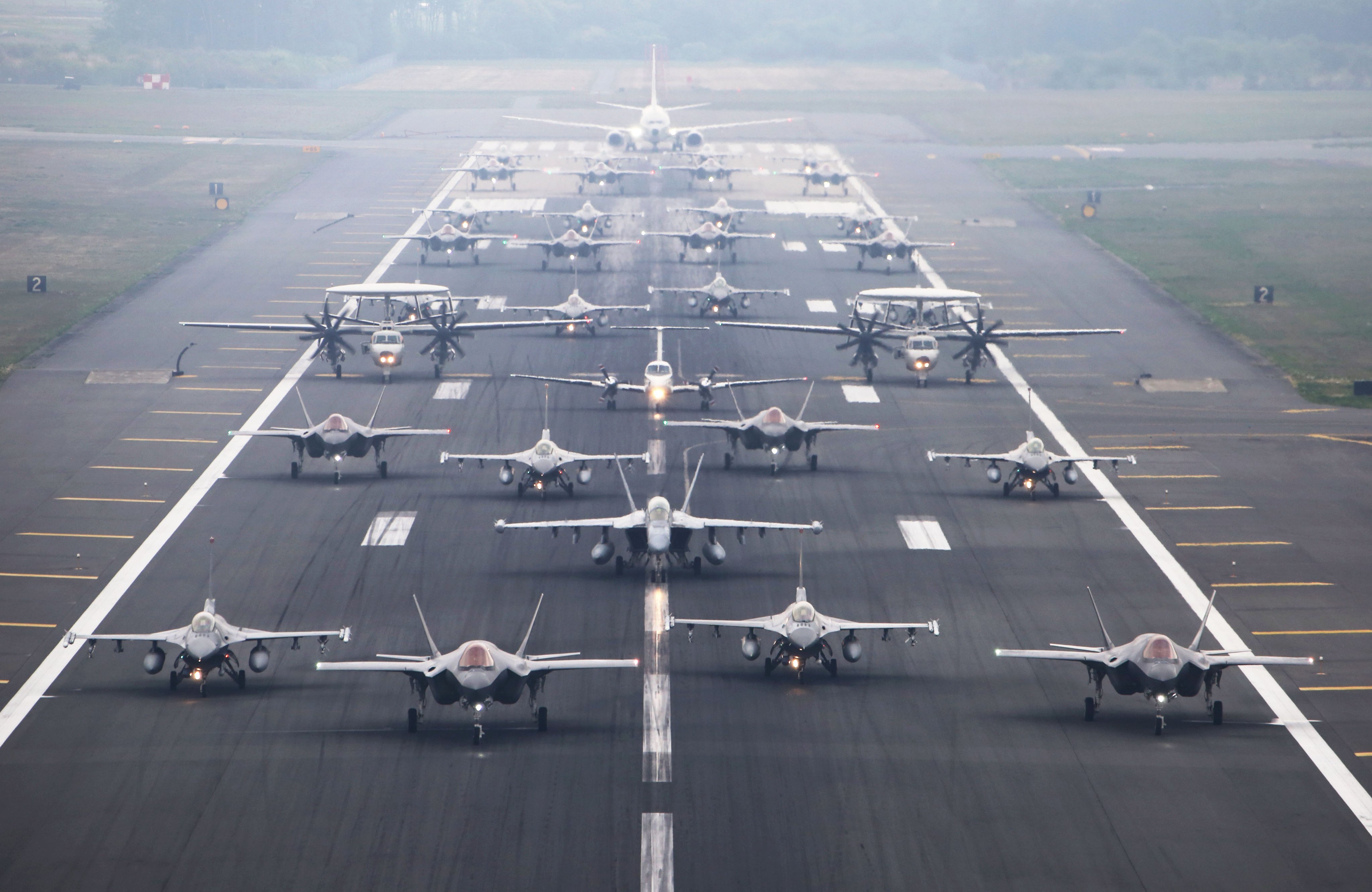Japan will soon allow the export of fighter jets, missiles, and other weapons to 12 nations, including India, to bolster deterrence against China through cooperation with different countries, reported Asia Nikkei.
Countering China’s ‘Greatest & Longest’ Hypersonic Missile – US Says Its ‘Missile Killer’ Program Just Not Ready
China’s outlandish claims and aggressive military posture in the region have been a source of frustration for the Japanese government. Tokyo now intends to sell fighter jets and missiles to several countries, primarily in Europe and Southeast Asia, the report said.
The Japanese government aims to “enhance deterrence against China by cooperating with countries that have signed individual security agreements with Tokyo,” the Nikkei report added.
Southeast Asian countries such as the Philippines, Malaysia, Indonesia, Thailand, and Vietnam are among the nations to which Japan will soon export its weaponry. Other countries include Italy, Germany, France, the United Kingdom, Australia, India, and the US.
Horrific Footage Of ‘Chinese Sub-Launched Missile’ Flying Near A Passenger Aircraft Gets Caught On Video
The report comes just days after Prime Minister Narendra Modi and Japanese counterpart Fumio Kishida pledged to strengthen bilateral security and military cooperation, especially in defense manufacturing, during a discussion on the sidelines of the Quad Leaders Summit in Tokyo.

In 2014, Japan adopted a principle for defense equipment transfers and relaxed laws that had previously barred its export. However, exports of lethal weapons are still prohibited.
According to the principle, exports to nations that do not co-develop weapons with Japan will only include services such as surveillance, rescue, warning, transport, and minesweeping.
However, the relaxation will be incorporated into the government’s economic and fiscal management strategy and reform, which will be approved in June. The principles will be changed following the formulation of a National Security Strategy, which is anticipated by the end of this year.
Reason Behind the Move
Japan intends to collaborate with the US and the UK to build new fighter jets and medium-range anti-aircraft missiles. As previously reported by the EurAsian Times, Tokyo is already cooperating with London on a number of projects associated with the next-generation fighter plane of Japan.
Terrifying Video Shows ‘Bubble-like Clouds’ After Russia Fired Its Thermobaric Bomb On Ukraine – Watch
The latest move of exporting lethal weapons will enable Japanese firms to reduce production costs. This will help lower the Japanese government’s procurement expenditures and ease its financial strain.
Experts believe that the proliferation of Japanese-made equipment in neighboring countries will strengthen the country’s security cooperation with other nations.
Countries like Japan, Australia, India, and some Southeast Asian countries are concerned about China’s growing military presence. Japan has already taken a few measures to protect its interests.
Early this year, Japan also struck a “landmark” defense deal with Australia to allow for deeper coordination between their armies, serving as a rebuke to China’s increasing aggression in the Indo-Pacific region.
Furthermore, Japan’s military announced that Japanese and US forces flew a joint fighter jet fly over the Sea of Japan in apparent response to a joint bomber flight of Russia and China.
On May 25, #JASDF #F15 and #USAF #F16 fighters conducted tactical exercises in the Sea of Japan, enhancing tactical skills and interoperability while bolstering the deterrence and response capabilities of #JapanUSAlliance for peace and stability in the region. pic.twitter.com/v8rfo8ns8S
— Japan Air Self-Defense Force (@JASDF_PAO_ENG) May 26, 2022
With the latest move, Japan now seeks to deepen ties with different countries by providing them with armaments that will allow them to take a more defensive stance. It plans to export aircraft and advanced sea-launched interceptor missiles after amending relevant policies, the report claimed.
According to the Asia Nikkei, Southeast Asian governments are eager to purchase low-cost fighter jets. In order to prevent the proliferation of Chinese-made fighter jets, the US and Europe are also pitching their equipment to the region.
The Japanese government also intends to sell bulletproof jackets and helmets to countries with which it does not have bilateral security agreements. These equipment have already been sent to Ukraine by Tokyo.
The list of limited countries demonstrates that, rather than attempting to develop a vast defense complex like the United States, Japan is keen to export weapons to alleviate budget constraints on its ongoing military projects.
Also, Japan’s declining military sector may struggle to find parts for its weapons without export-friendly policies. Since 2014, Tokyo has only sold a warning and control radar to the Philippines under the country’s first defense export contract. Concerns linger, though, that Japanese-made military equipment could be employed in international wars.
To address this, the administration plans to outline the export plan by noting that it is in accordance with the constitution and associated legislation. Nonetheless, this event illustrates the US and its allies’ concerns about Beijing’s rising influence in the region.
- Contact the author at ashishmichel@gmail.com
- Follow EurAsian Times on Google News